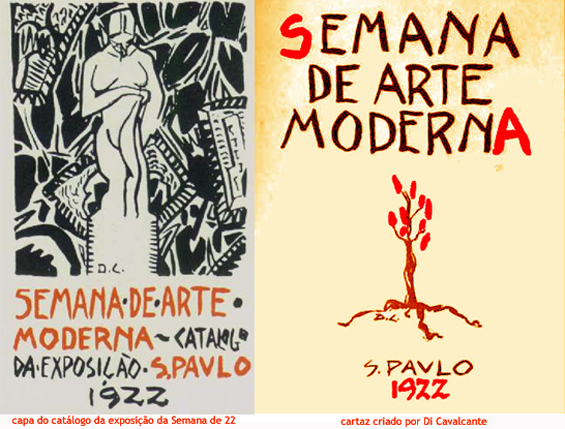BETWEEN HEAVEN AND HELL: THE CITY IN PARQUE INDUSTRIAL
DOI:
https://doi.org/10.48075/rlhm.v8i11.6512Keywords:
Modernismo, Literatura Brasileira, Cubismo, CidadeAbstract
This assignment studies the narrative construction of Parque industrial (1933) by Pagu, trying to show that the work is relevant for some procedures related to modernist artists Week 1922, close to the aesthetics of pictorial literature, and determine the relationships between the characters and the urban context around it: São Paulo, having grown dramatically, it is, in this narrative, in a space that we can see a real class struggle: on the one hand, the bourgeoisie, holds capital, and on the other hand, the lumpen proletariat whose labor provides the means for which bourgeois ostentation sprint their way of life. In this sense, the city portrayed in the work is an ambiguous city, as both a site is heavily modernized and is a place of oppression and exploitation of most of its inhabitants, setting, therefore, as a city context that does not fulfill its promises they ran, so that hope with modernization of the city, of wich both the rural exodus and migrations are examples, gives way to disillusionment with the direction socially exclusive that the modern city took. It is intended, with support from specialized literature on the dialogue between modern art forms (TELES, 1983) and the question city/literature (GOMES, 1994) and (ROLNIK, 2004), wich check for modes literature dialogues with other art form while that records the above-mentioned process of disenchantment with respect to the promises of the city.
Downloads
Published
How to Cite
Issue
Section
License
Aviso de Direito Autoral Creative Commons
Política para Periódicos de Acesso Livre
Autores que publicam nesta revista concordam com os seguintes termos:
1. Autores mantém os direitos autorais e concedem à revista o direito de primeira publicação, com o trabalho simultaneamente licenciado sob a Licença Creative Commons Attribution que permite o compartilhamento do trabalho com reconhecimento da autoria e publicação inicial nesta revista.2. Autores têm autorização para assumir contratos adicionais separadamente, para distribuição não-exclusiva da versão do trabalho publicada nesta revista (ex.: publicar em repositório institucional ou como capítulo de livro), com reconhecimento de autoria e publicação inicial nesta revista.
3. Autores têm permissão e são estimulados a publicar e distribuir seu trabalho online (ex.: em repositórios institucionais ou na sua página pessoal) a qualquer ponto antes ou durante o processo editorial, já que isso pode gerar alterações produtivas, bem como aumentar o impacto e a citação do trabalho publicado (Veja O Efeito do Acesso Livre).
Licença Creative Commons
Esta obra está licenciada com uma Licença Creative Commons Atribuição-NãoComercial-CompartilhaIgual 4.0 Internacional, o que permite compartilhar, copiar, distribuir, exibir, reproduzir, a totalidade ou partes desde que não tenha objetivo comercial e sejam citados os autores e a fonte.


